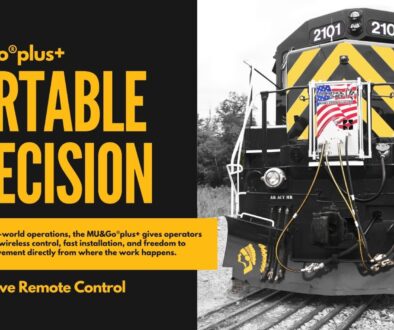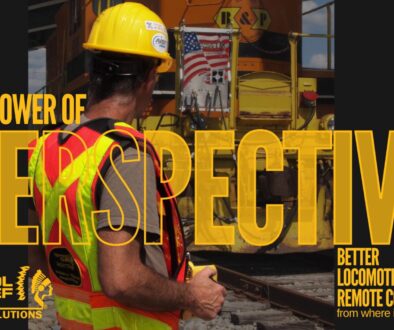Steel Industry Update: Innovations, Challenges, and Strategic Moves in 2024

The steel industry is experiencing a transformative period marked by groundbreaking innovations, significant political debates, and strategic corporate actions. In this update, we delve into the most critical stories shaping the industry today, providing insights into the latest developments and their implications for manufacturers and stakeholders alike.
Nippon Steel’s Bid to Acquire U.S. Steel: Political and Union Resistance
One of the most contentious stories in the steel industry is Nippon Steel’s proposed $14.1 billion acquisition of U.S. Steel. The Japanese company has been working tirelessly to gain approval from U.S. regulators, unions, and politicians. Recently, Nippon Steel made a $1.4 billion capital expenditure commitment, aiming to address concerns raised by the United Steelworkers (USW) union about job security and plant operations. Despite these assurances, USW leadership and notable political figures, including President Joe Biden and President-elect Donald Trump, have voiced strong opposition to the deal due to national security concerns. (Bloomberg)
Pennsylvania Governor Josh Shapiro has also been actively involved in discussions, signaling the deal’s significant impact on the state’s steel industry. The outcome of this acquisition remains uncertain, with its future hinging on the decision of the Committee on Foreign Investment in the United States (CFIUS).
China’s Revolutionary Flash Ironmaking Technology
In a groundbreaking development, Chinese researchers have introduced flash ironmaking, a method that reduces the production process from hours to seconds. This innovative technique achieves a 3,600-fold increase in productivity compared to traditional blast furnaces and improves energy efficiency by over 30%. Additionally, it eliminates the need for coal, making it an environmentally sustainable solution. (Newsbytes)
This method also allows for the utilization of low-grade iron ore, potentially reducing China’s reliance on high-quality imports. The global implications of this advancement are significant, particularly for countries like Australia, which heavily rely on iron ore exports to China. Flash ironmaking not only aligns with China’s industrial goals but also represents a step toward achieving near-zero carbon emissions in steel production.
The Steel Manufacturers Association’s Five-Point Plan for U.S. Manufacturing
As the U.S. steel industry faces mounting challenges, the Steel Manufacturers Association (SMA) has proposed a five-point plan aimed at revitalizing domestic manufacturing. Key elements of the plan include:
- Strengthening Trade Enforcement: Enhanced monitoring and stricter penalties for unfair trade practices.
- Infrastructure Investment: Modernizing essential infrastructure to boost steel demand.
- Tax Reform: Lowering corporate tax rates and encouraging capital reinvestment.
- Workforce Development: Investing in training programs to equip workers with modern manufacturing skills.
- Regulatory Reform: Streamlining bureaucratic processes to foster growth.
These initiatives are designed to create a competitive environment for American steel producers while addressing critical issues such as workforce readiness and infrastructure modernization. (Steel Industry News)
How These Developments Impact the Steel Supply Chain
The developments in the steel industry—particularly Nippon Steel’s push to acquire U.S. Steel and China’s breakthrough in ironmaking technology—are poised to significantly disrupt the global steel supply chain.
Nippon Steel’s acquisition of U.S. Steel, if approved, would consolidate a large portion of steel production under a single foreign entity, potentially shifting production priorities and influencing the availability of steel products in North America. The uncertainty surrounding labor agreements, political opposition, and regulatory reviews could result in delays or shifts in production schedules as U.S. Steel navigates its future under new ownership. The steel supply chain could experience volatility as suppliers and customers adjust to the potential changes in production capacity and labor conditions, particularly in key U.S. steel-producing states like Pennsylvania.
China’s flash ironmaking breakthrough introduces another layer of disruption. This highly efficient technology drastically reduces the time and cost associated with producing iron, enabling steelmakers to utilize lower-grade ores that were previously less viable. As China ramps up this technology, it may shift the balance of global steel production, particularly affecting countries that export high-quality iron ore, such as Australia. With China’s ability to utilize domestic, lower-grade materials, global demand for premium iron ore could decrease, affecting pricing and supply in countries reliant on these exports. This change could result in a recalibration of supply chains, especially in raw materials, as steelmakers around the world adjust to China’s new production model.
Together, these developments are likely to lead to increased competition for resources, shifts in trade patterns, and potential disruptions in the cost and availability of steel products. Steel manufacturers, suppliers, and consumers will need to closely monitor these changes to adapt to the evolving dynamics of the steel industry and ensure a steady, cost-effective supply of materials.
At Control Chief Corporation, we specialize in providing industrial remote control solutions that help steel producers optimize their operations. Our crane remote controls are engineered to improve the handling of heavy materials, enhancing both efficiency and safety in steel mills and production plants. For managing the transportation of raw materials, our locomotive remote controls enable seamless movement of materials in and around facilities like railyards and steel mills, ensuring smooth, safe operations. Our reliable remote control systems deliver the precision and durability required for the most demanding industrial environments.

Views: 5



